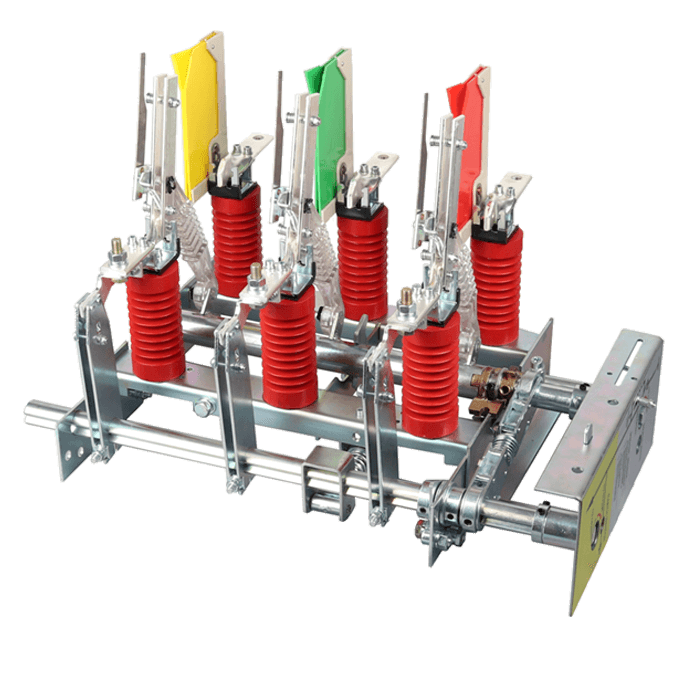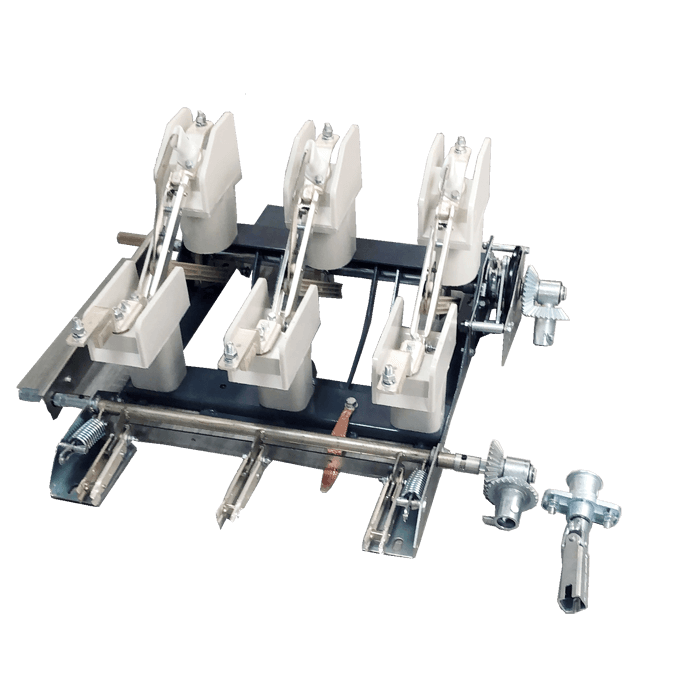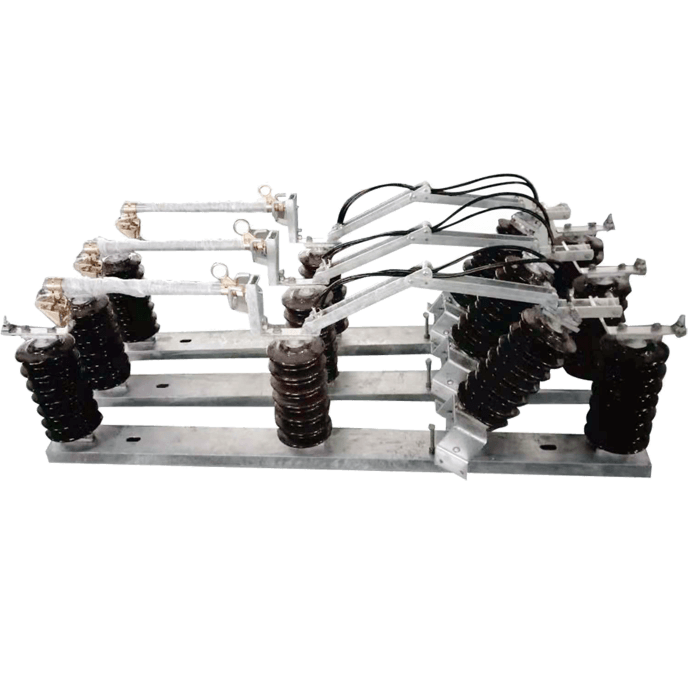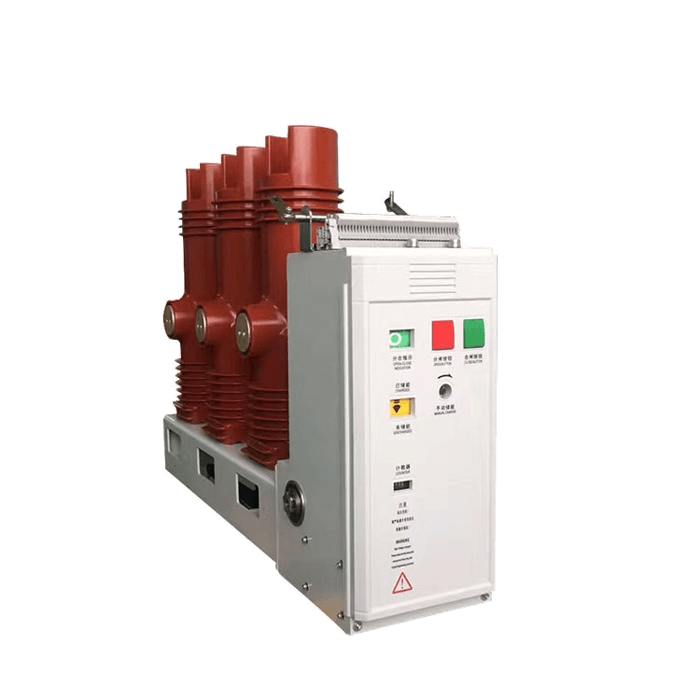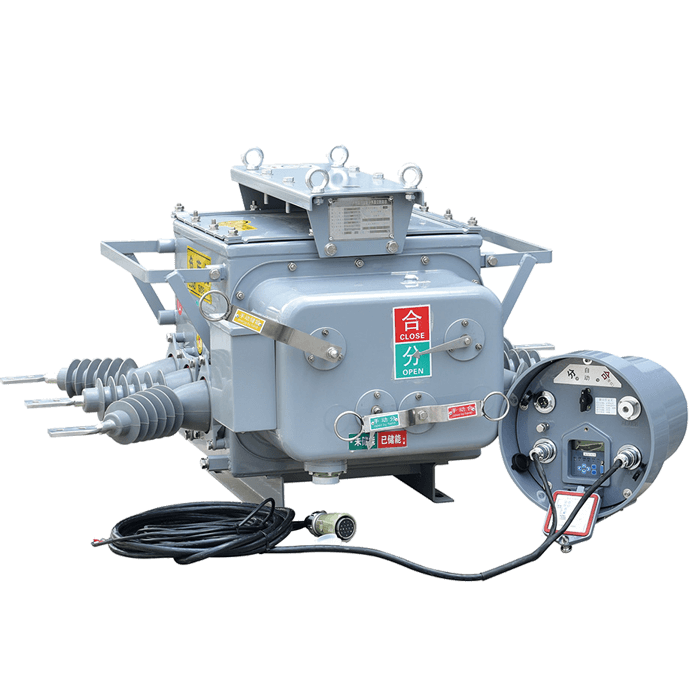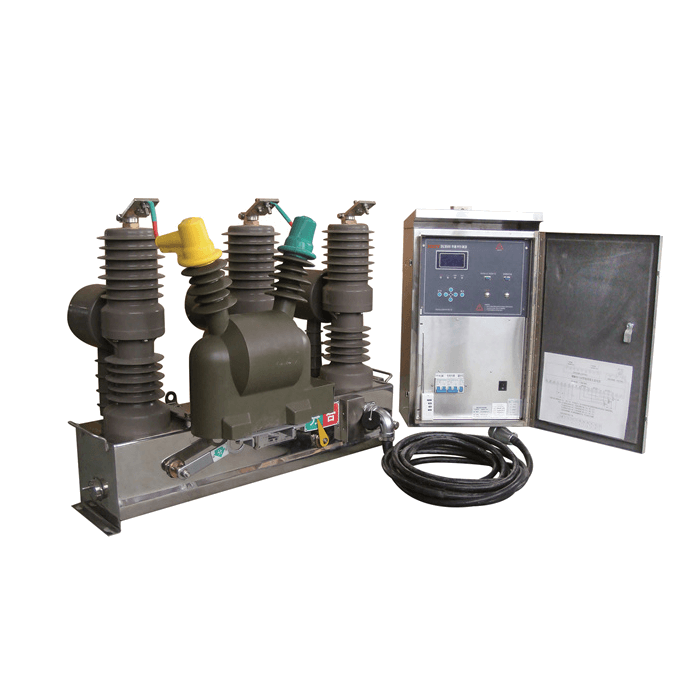What is the function and history of the switchgear?
High-quality electrical equipment is essential to every consumer's daily life. Wherever you go, you rely on electricity to do everything from work to cooking to turning on the lights. However, electrical equipment is not a single item. There are dozens of parts, components and technologies (such as switchgear) that regulate and ensure the flow of electricity. Here are the functions and history of the switchgear.
What is switchgear?
Switchgear, as the name suggests, is a combination of switches, fuses, and circuit breakers that control and isolate electrical equipment. The device manages the current at each step of the process. Switching devices allow multiple sources to power an electrical load by managing multiple input sources. Instead, it stops all input and removes all electrical energy from the device. Because it operates at both capacities, switchgear is essential for the safe delivery and management of power.
Key components of the switchgear
Many parts are used to produce switchgear. Typically, the technology has two aspects: a power conduction component and a control system. Connect or disconnect current from conductive components such as switches and circuit breakers. Manufacturers make these parts using highly conductive materials that can withstand high voltages. Control systems typically consist of components such as current transformers and protective relays that measure and control conduction and initiate switching actions to interrupt the flow of power in hazardous conditions. Each of these components will not work properly without proper electrical insulation. If you require economical electrical insulation, please contact JGGY Electrical for more information.
Function of switchgear
Switchgear is one of the core safety components of the electrical system. The grid often needs to reboot or shut down parts of the system to avoid problems, so switchgear helps manage these urgent needs. Because it can handle high currents and voltages, the switchgear can turn the electrical output on and off as needed.
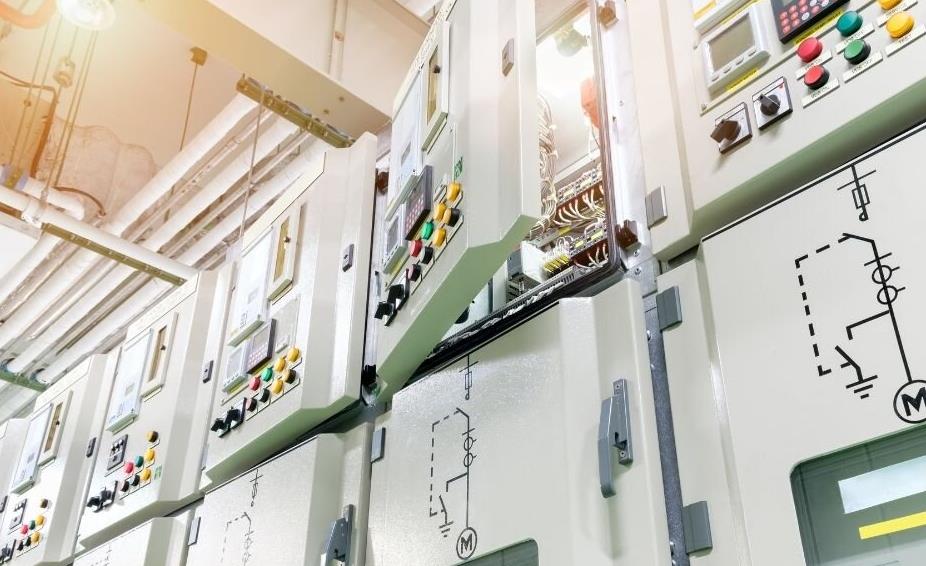
Power control of switchgear
Switchgear functions to control the grid and subsequent flow of power. Take college campuses, for example. Most campus buildings require electricity to operate, especially given the increase in online learning and classroom technology. While each building has electricity, not every building is individually connected to the grid. Instead, the power supply sends the current to the switchgear, which then distributes power to each building. Think of it as a river, divided into separate streams. Switchgear enables efficient and simplified power management methods.
Safety maintenance of switchgear
When large motors in hydroelectric plants or other large facilities require repair, switchgear must power off the equipment. This means that the energy flow must stop completely; All remaining power must be dissipated before repair. Many large electric components require routine maintenance, so switchgear comes in handy when you need to clean up downstream faults. If the switchgear does not power these parts, the electricity may shock or shock maintenance workers.
The common application of switchgear
Switchgear is essential for the smooth operation of the power grid. It is also an important part of large industrial facilities and power stations. Its ability to turn loads on and off contributes to the manufacturing process, efficient power consumption, and facility safety. In emergency situations, switchgear allows operators to deliver power to critical locations such as hospitals, thereby improving their electrical integrity. This allows medical facilities to continue to operate even in emergencies.
The history of switchgear
Until recently, electricity was commonplace. Since then, its technology has become an increasingly large part of the grid. The history of switchgear is fairly simple, but innovation is at the heart of its existence.
Electric start
In its original form, the switchgear was part of the first generators. Each switchgear assembly is taped to the wall and works on a large scale. As time passed and fire safety developed, switchgear moved from walls to planks to stones. Each of these series marks the importance of electrical insulation materials. Today, many switchgear use manufactured materials for electrical insulation, and the largest switchgear uses external air as protection.
Professional medium voltage electric supplier and manufacturer
Zhejiang JGGY Electrical Co.,Ltd (jggyelectrical.com), JGGY Electrical was established in 2007, specializing in the manufacture, sales and service of high-voltage electrical products. JGGY Electrical mainly specializes for 6~42kV medium voltage electric (outdoor and indoor): load break switch, disconnector, cutout fuse, surge arrester, vacuum circuit breaker.
Our technical expertise, comprehensive product portfolio and long-term rich experience are helping many customers in need to solve their power problems. We're happy to help at any time. Whether you need application product advice or technical assistance, our global service team is committed to providing you with the right support. For more technical information about our product, feel free to contact us, send an email to sales@jggyelectrical.com.


